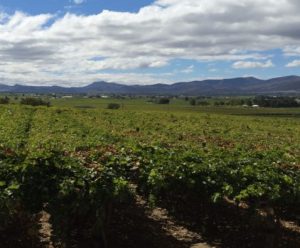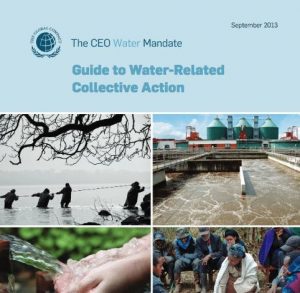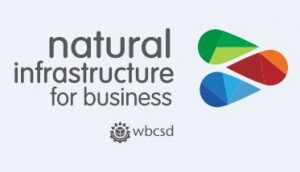Location: Corporate-wide initiative
Issue: Reducing water use in vehicle manufacturing operations
Organizations involved: Ford Motor Company
Year: 2016
This case study drawn from:
Ford Motor Company has set an aggressive new target to reduce water use in its manufacturing operations by 30% per vehicle from 2015-2020. Water has been a priority for the company since 2000, when Ford announced its first reduction targets. Since then, the Company has reduced water use per vehicle by 61%. By 2020, it expects to reduce water use per vehicle by nearly 75%. These reductions have been achieved by implementing new technologies like 3-wet painting in assembly plants and minimum quantity lubrication in powertrain plants. In the future, Ford will be introducing real time water metering to aggressively manage water use.
Ford recognizes that it can’t tackle water issues by itself, which is why it pursues partnerships to solve challenges and shares best practices with its suppliers through the Partnership for a Cleaner Environment (PACE) program.
Ford’s employees are also very engaged in the Company’s water efforts. In recognition of the 10th anniversary of the Ford Volunteer Corps, Ford’s Executive Chairman Bill Ford created the Bill Ford Better World Challenge, a global grant program that will award up to US$500,000 to community service projects identified by company employees.
One winning project is the Thailand Clean Water Community Project. Hundreds of Ford volunteers are working with World Vision Foundation of Thailand, helping rebuild a water system in the town of Chanthaburi that serves a school and more than 3,300 local residents. Ford volunteers are repairing storage tanks and installing new water purifiers, sinks and other restroom fixtures. In addition, the water will be used to help irrigate crops and sustain community gardens, also providing a hands-on learning experience for students and families.
This work and Ford’s goal of zero potable water use for manufacturing reinforces our commitment to the human right to water and is the foundation for our ultimate goal of zero water withdrawal for our manufacturing processes.”





